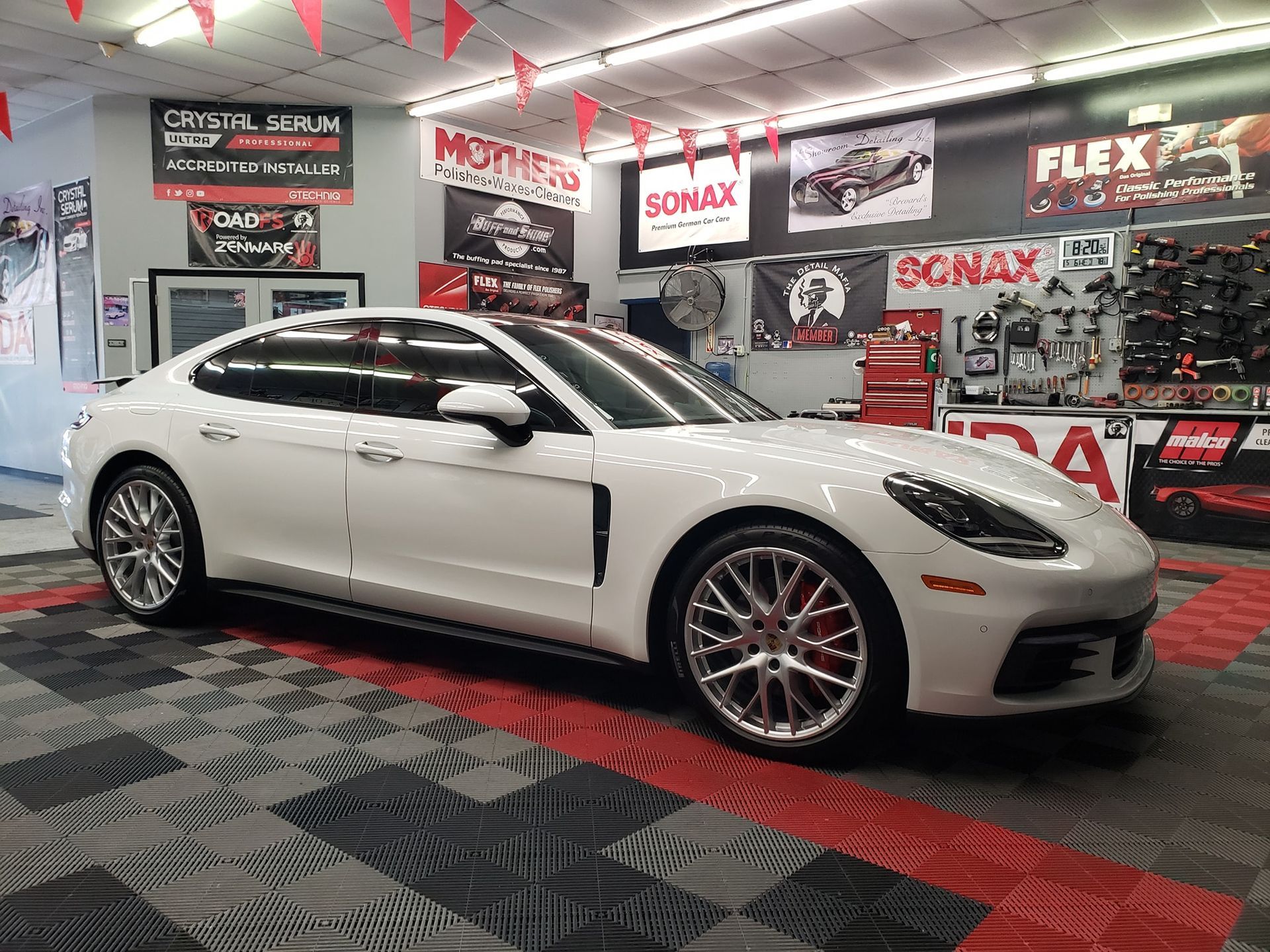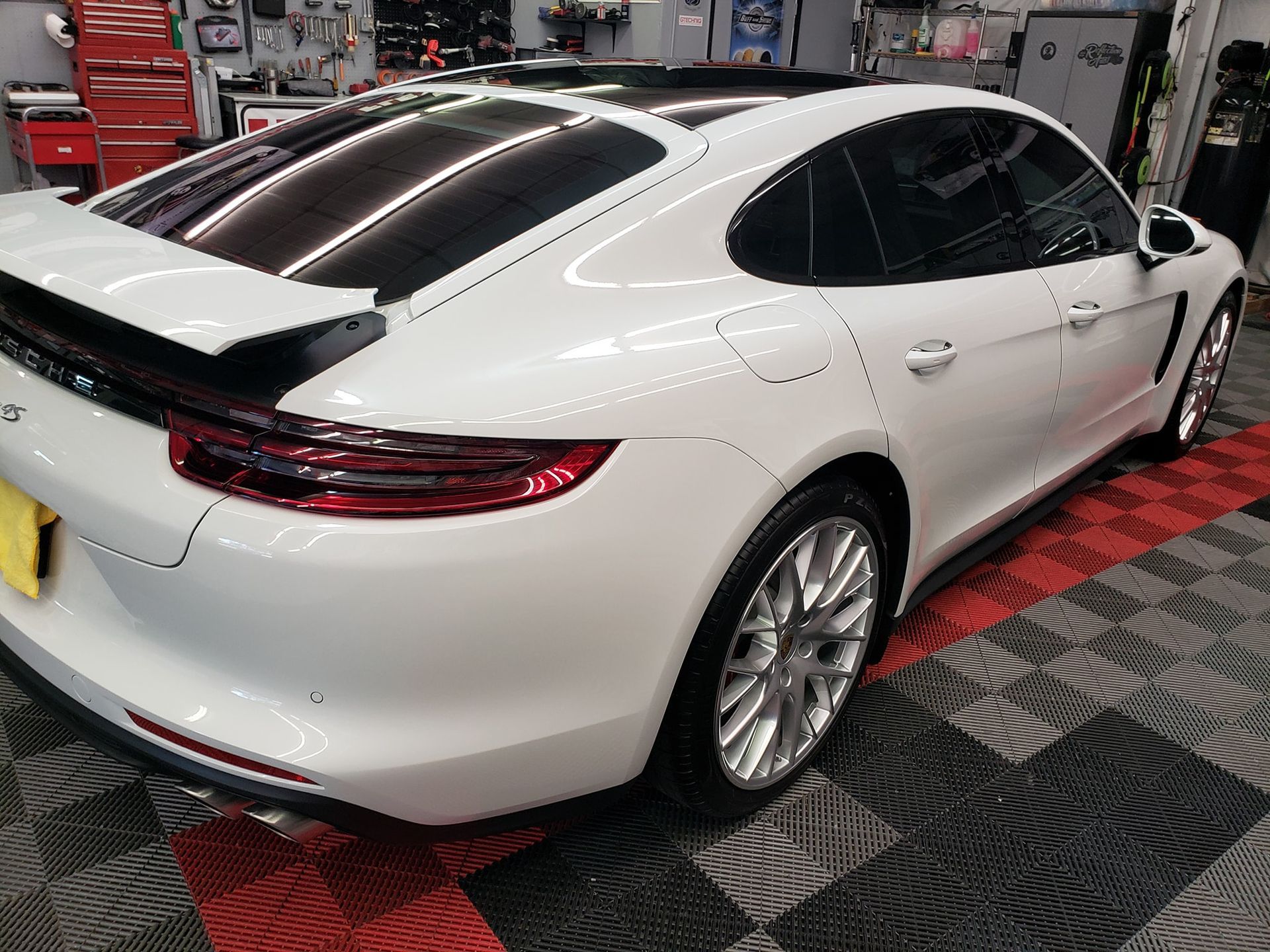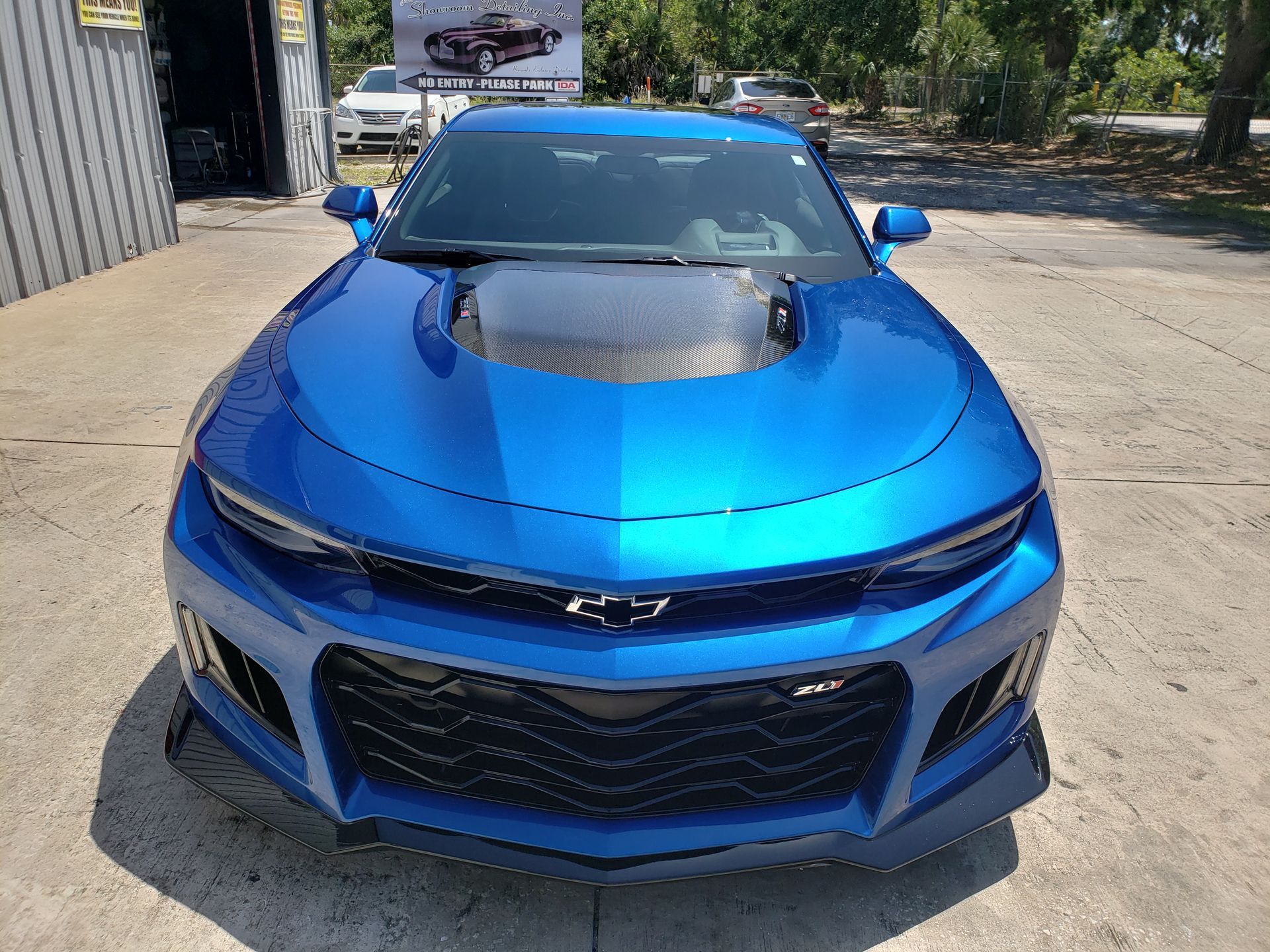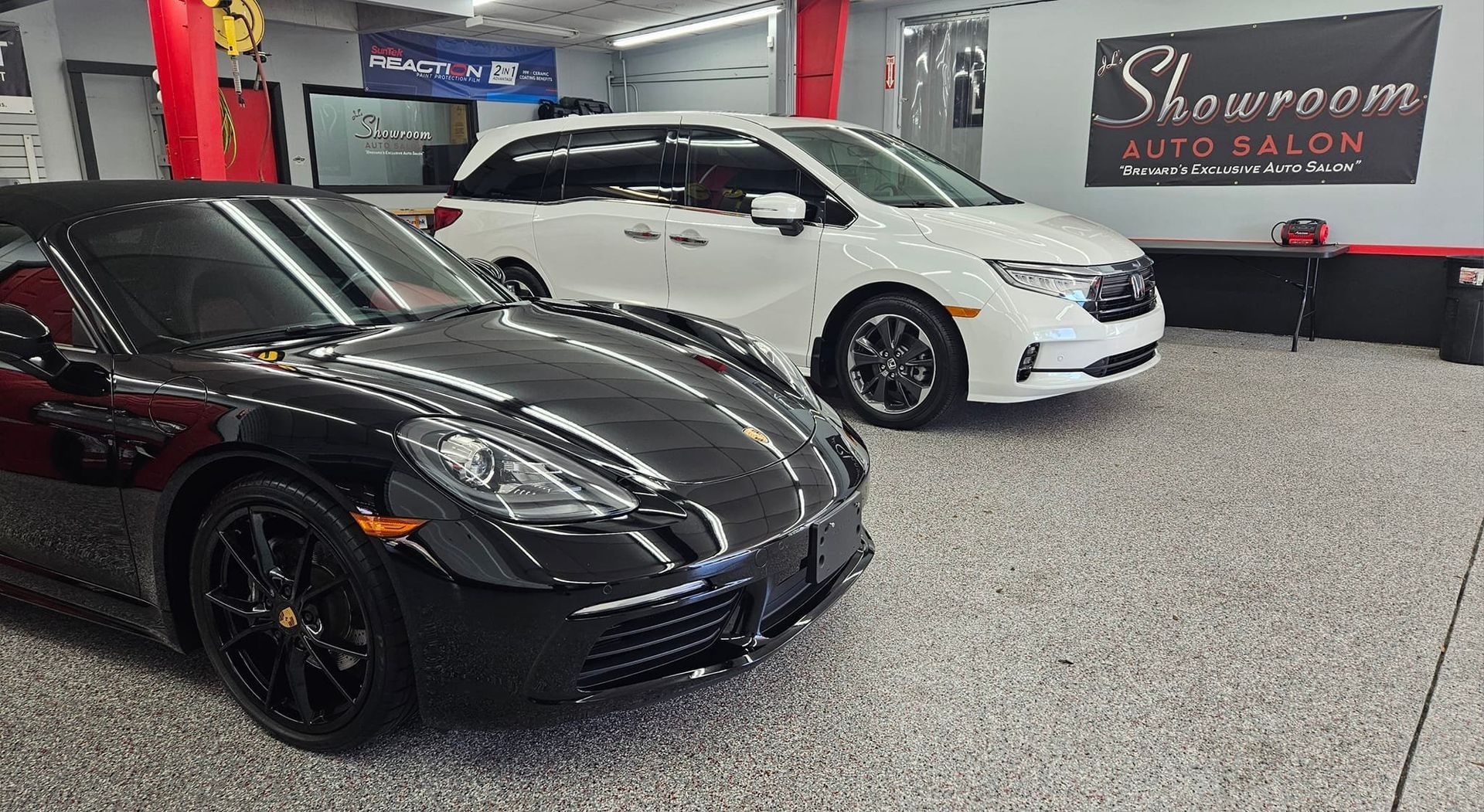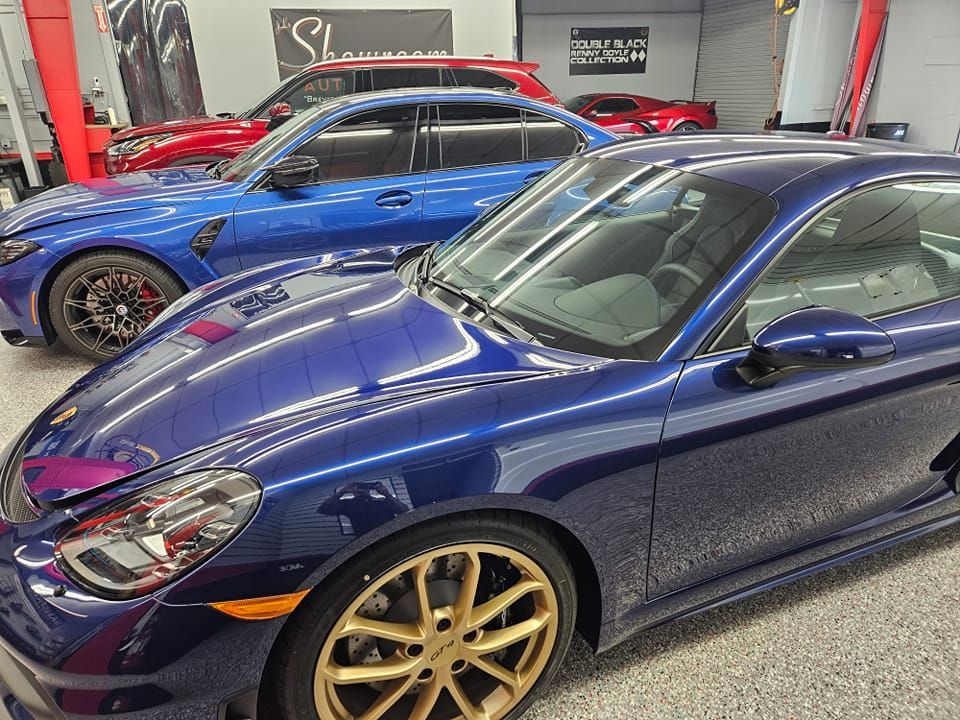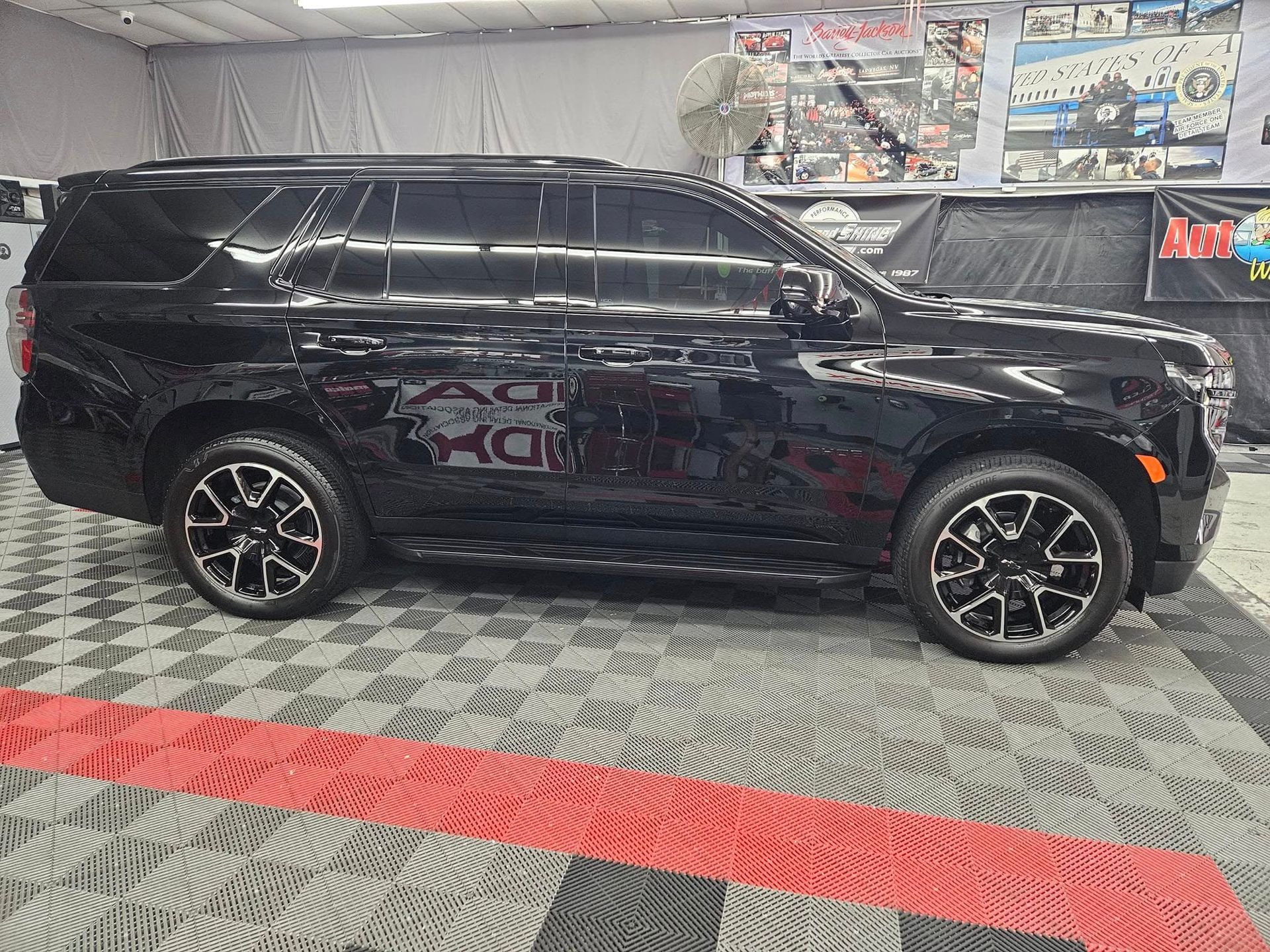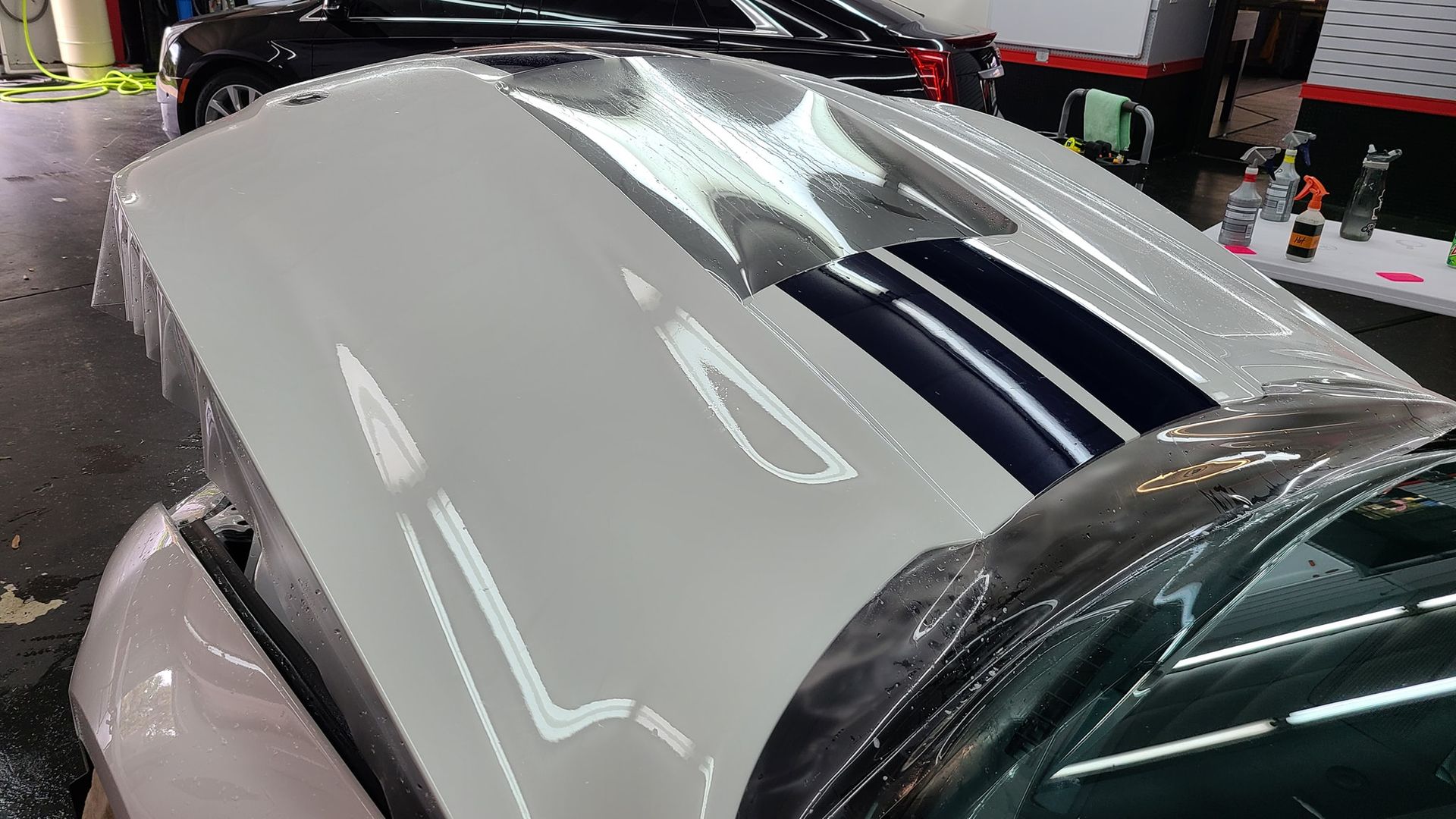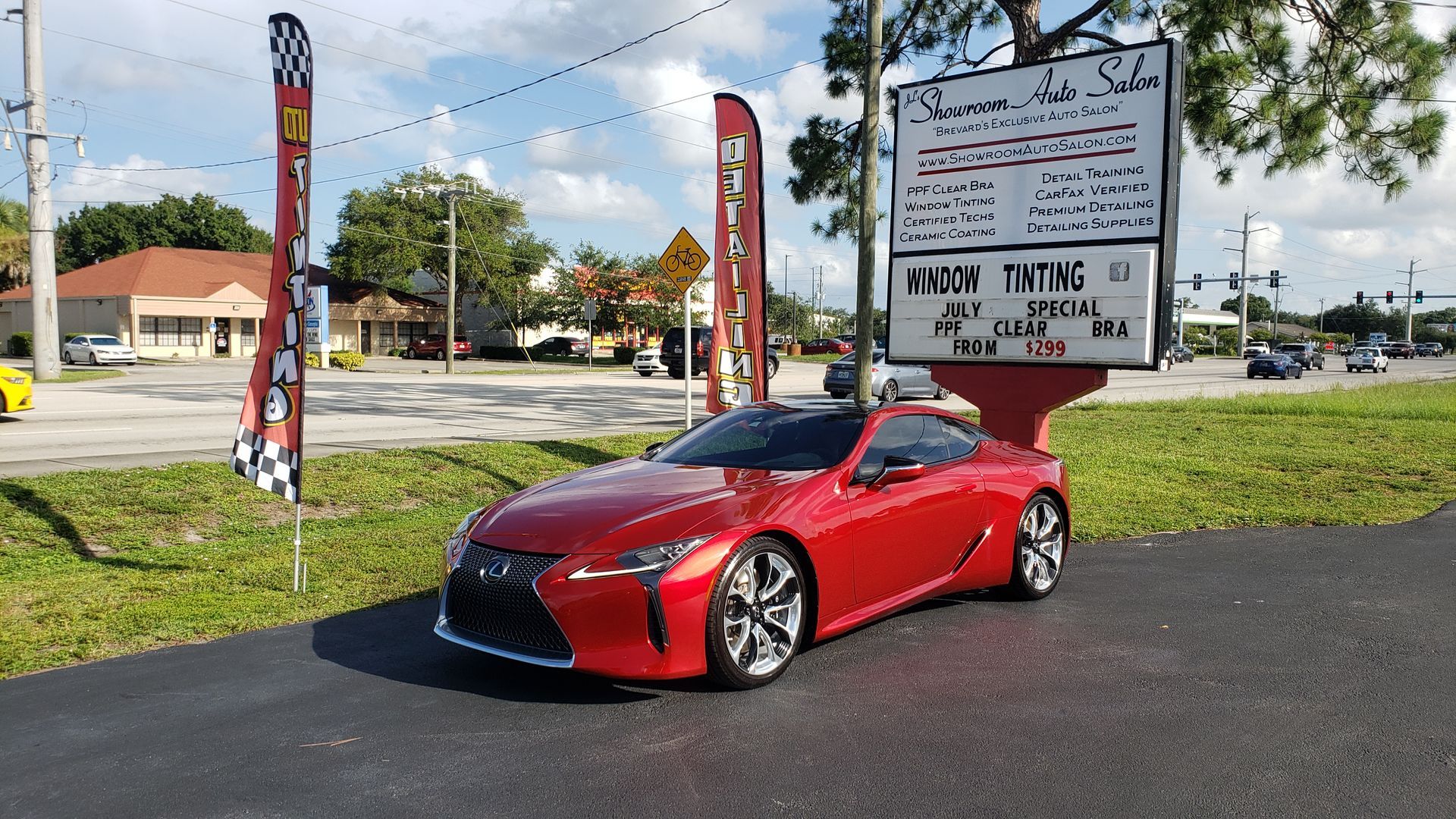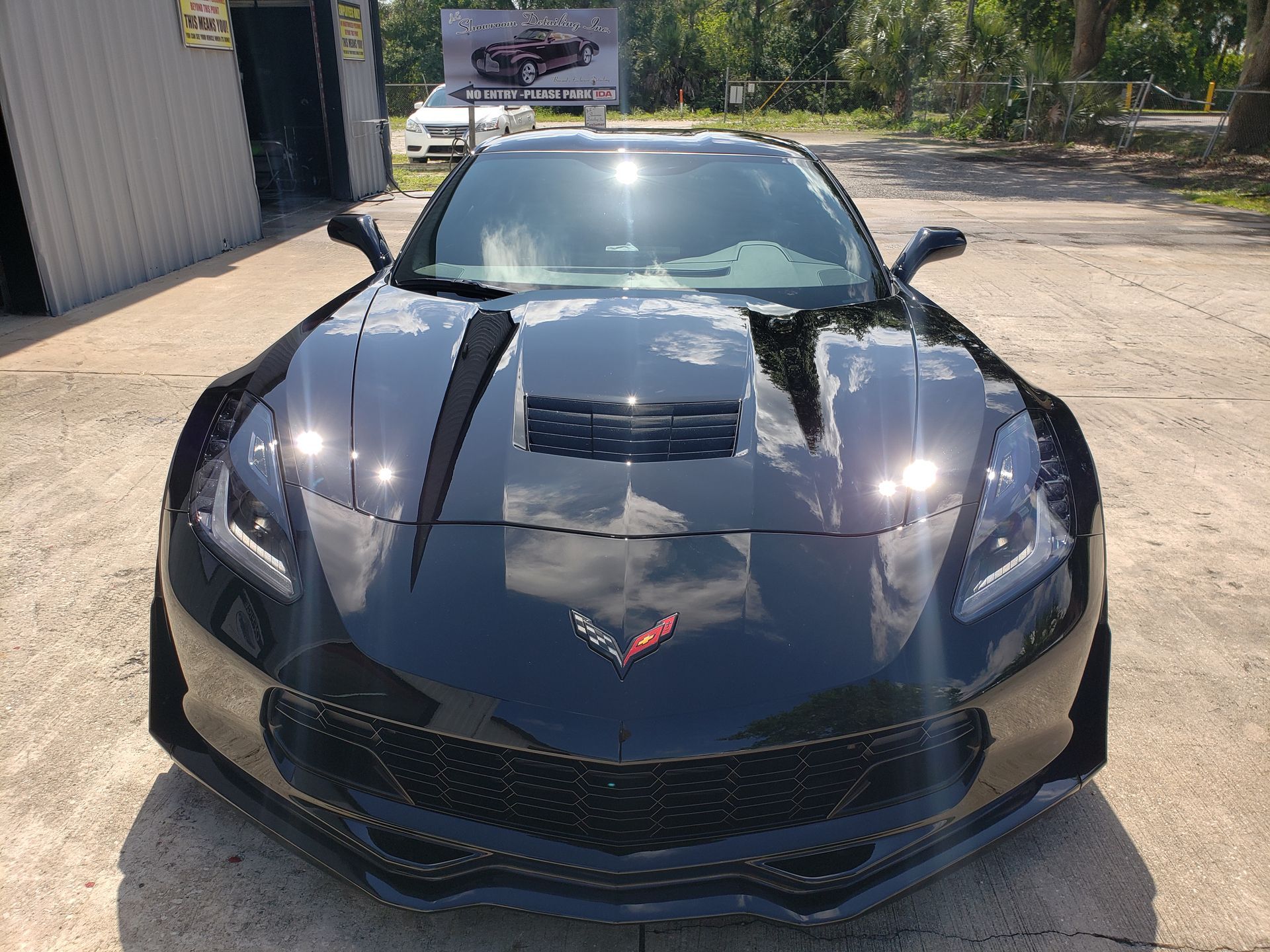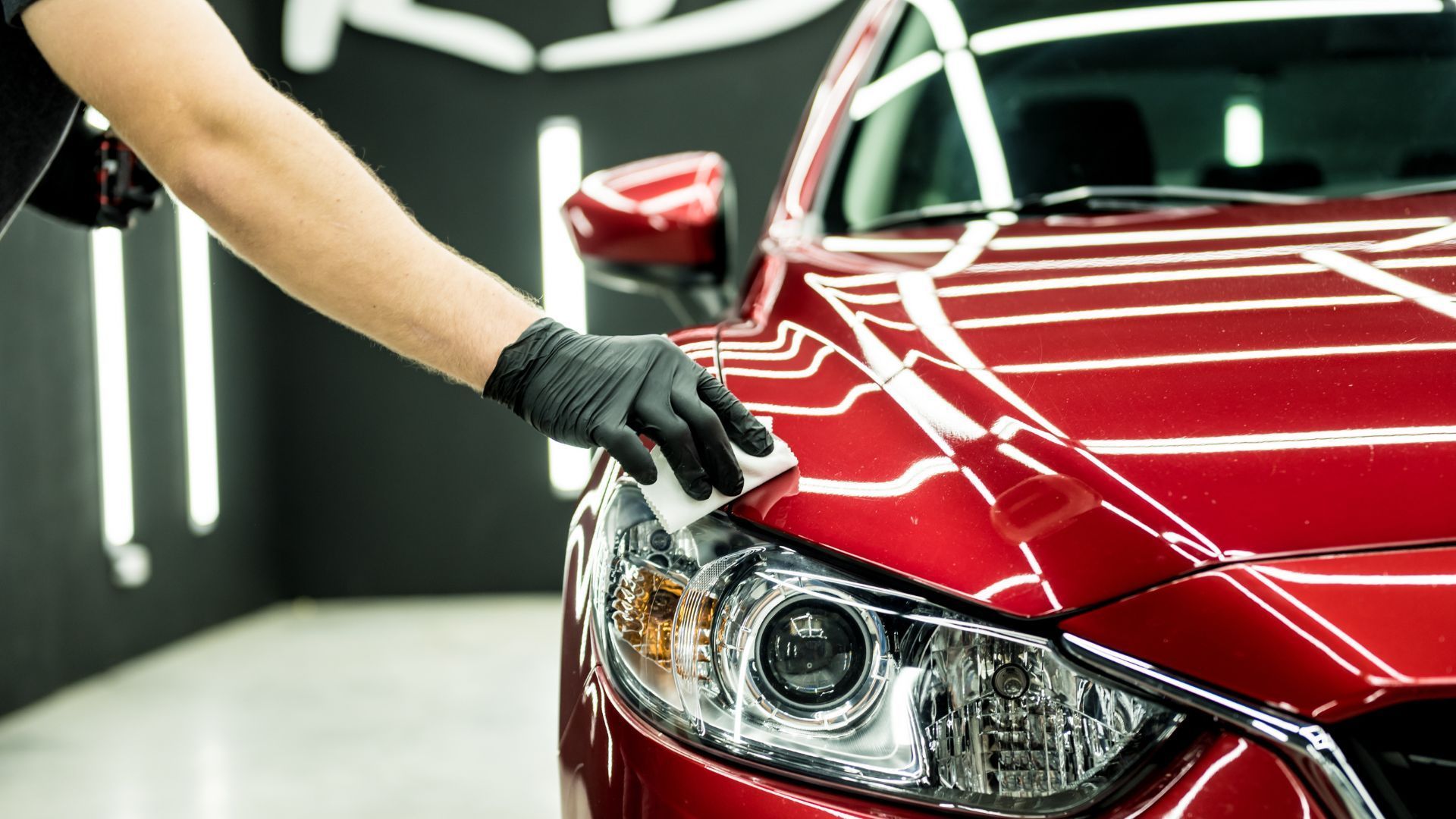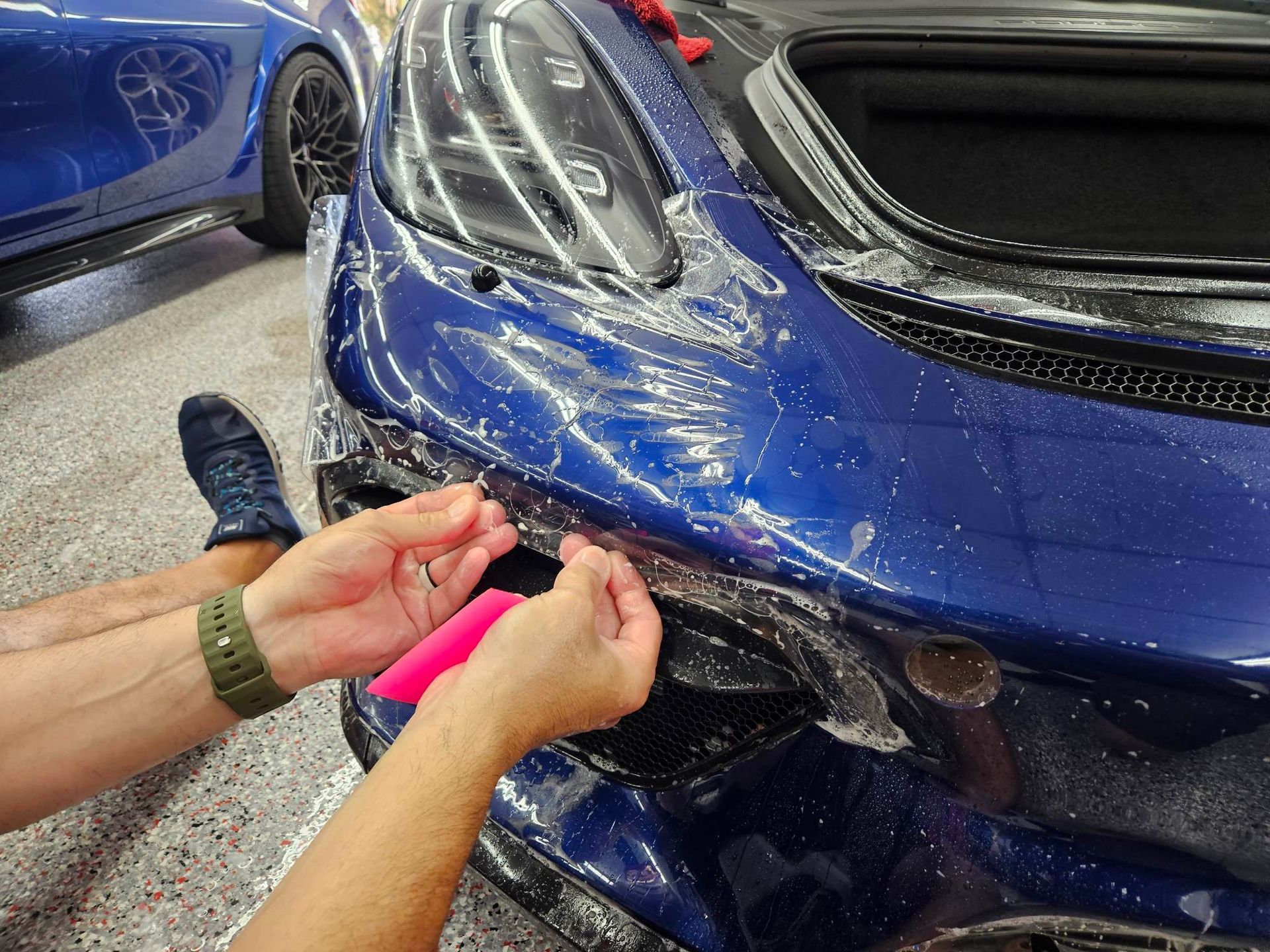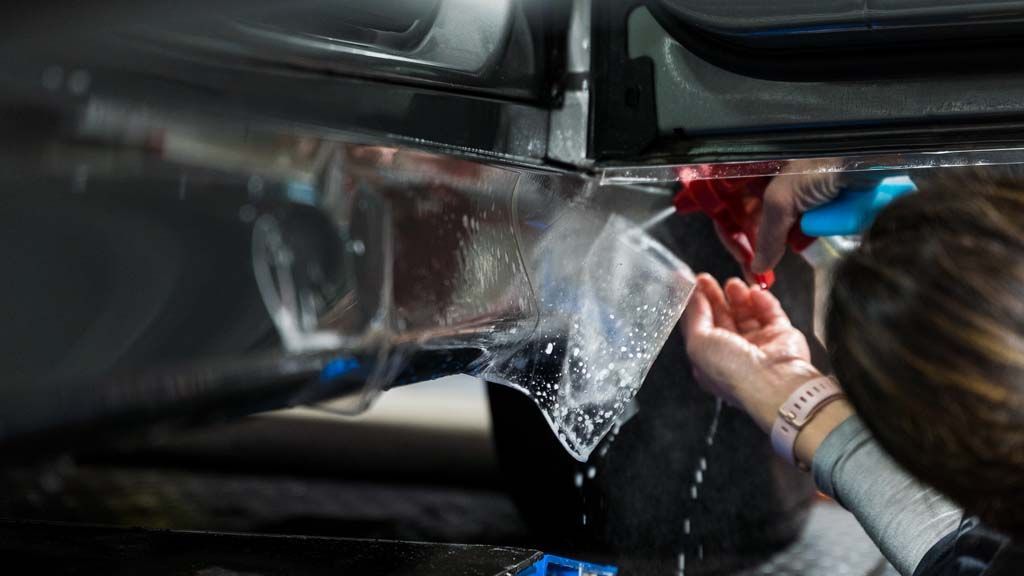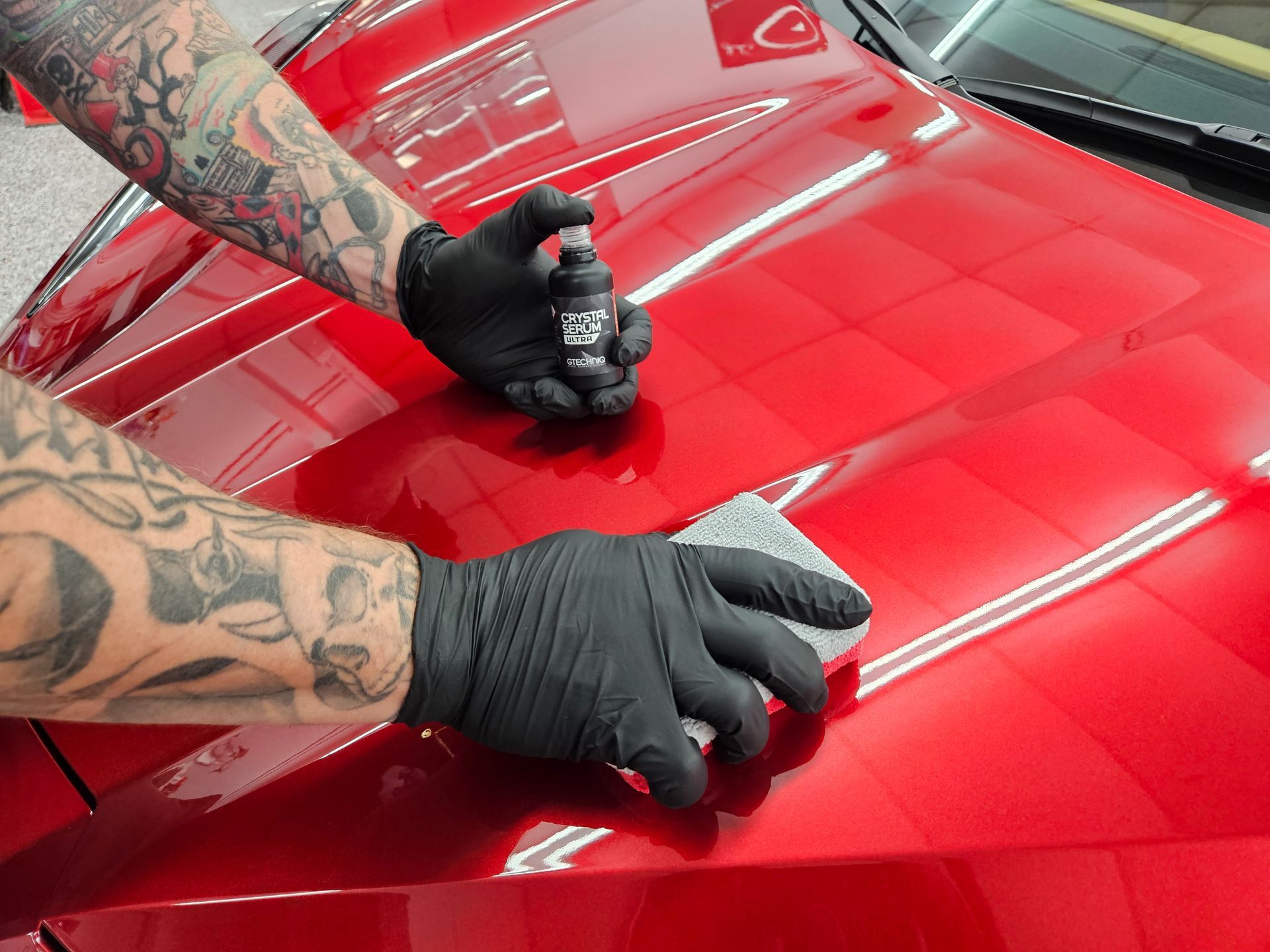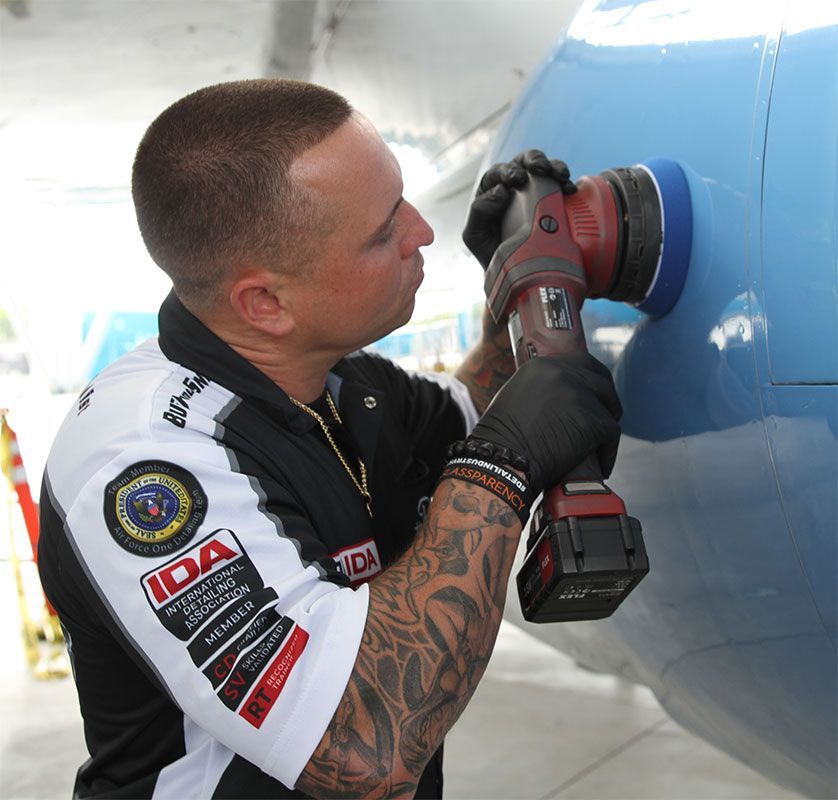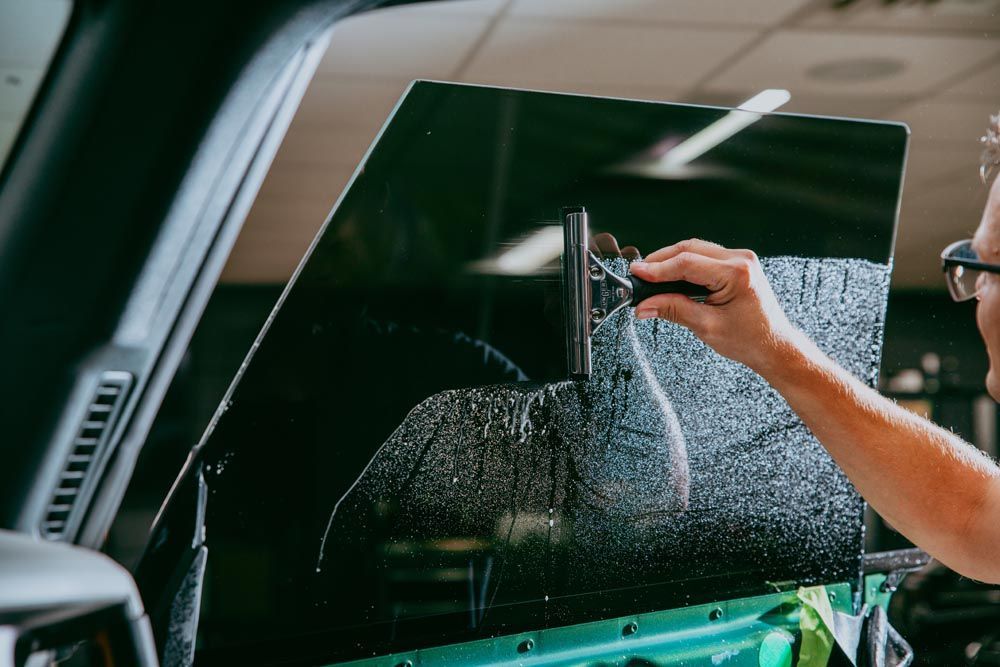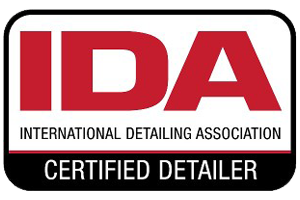Why Annual Inspections Are Essential to Prolong Your Ceramic Coating's Life
Investing in ceramic coating is a smart choice for long-term paint protection, but its durability relies on proper maintenance. Like routine health checkups, annual inspections are essential for identifying and addressing minor issues before they worsen. These evaluations help maintain the coating’s appearance and performance, ultimately reducing the risk of costly repairs. For any car owner committed to preserving their vehicle’s finish, regular checkups are a vital part of ongoing care!
Annual inspections are crucial for prolonging your ceramic coating, as they allow professionals to identify any imperfections or wear that may not be visible to the untrained eye, ensuring timely maintenance and repairs. Regular examinations help maintain the coating's protective qualities, ultimately protecting your vehicle's paintwork from environmental damage and preserving its overall appearance.
Key Reasons for Annual Ceramic Coating Inspections
Ceramic coating offers excellent long-term protection for your vehicle’s paint, but like any investment, it requires ongoing care to maintain its benefits. One often overlooked yet highly effective way to extend the life of your ceramic coating is through annual inspections. These routine checkups help preserve the coating’s performance, aesthetic appeal, and warranty coverage—ensuring your vehicle remains protected and visually impressive year after year.
- Early Detection of Wear: Small imperfections can go unnoticed until they cause larger issues. Annual inspections allow professionals to identify and correct these early signs of wear before they compromise the integrity of the coating. Preventing deterioration at this stage is far less costly than full reapplications, making it a practical step in long-term maintenance.
- Restoration of Hydrophobic Properties: Over time, road grime, bird droppings, water spots, and environmental contaminants can build up on the coating, reducing its water-repelling capabilities. An inspection includes a professional cleaning and, if needed, a top-up or maintenance layer to restore the surface’s slick, hydrophobic performance. This process helps maintain the self-cleaning effect that ceramic coatings are known for, ensuring easier maintenance and a consistently polished look.
- Preservation of Manufacturer Warranty: Many high-end ceramic coating brands require annual inspections as a condition of their warranty coverage. Failing to document these checkups can void the warranty, leaving you unprotected in case of coating failure. Keeping up with these requirements protects your vehicle and safeguards your financial investment in the product.
Annual inspections are not just a recommendation—they’re a critical component of responsible ceramic coating care. From preserving visual appeal and performance to ensuring warranty protection, these checkups offer tangible long-term value. By incorporating annual inspections into your maintenance routine, you help ensure that your ceramic coating continues to deliver maximum protection and lasting shine.
Benefits of Professional Detailing
Professional detailing goes beyond the basics of simply washing your car. It offers a comprehensive approach designed specifically to enhance and protect the longevity of ceramic coatings. One major benefit is the expertise these professionals bring to the table. Trained detailers have an eye for detail; they are adept at spotting early signs of wear or damage that many car owners would overlook.
Specialized Equipment
Detailing experts use state-of-the-art equipment and products specifically formulated for ceramic coatings. This isn't just about getting your car shiny; it's about restoring its glow and protecting its integrity more effectively than standard consumer products can achieve. Many professionals utilize advanced tools like dual-action polishers, which minimize the risk of damages while providing deep cleaning results that go beyond what an average wash can accomplish. Such precision tools can restore the hydrophobic properties of the coating, ensuring water beads elegantly off the surface. Furthermore, professionals often use premium silicones and other high-end sealants that create an additional layer of protection against environmental contaminants such as bird droppings and acid rain. Without this specialized knowledge and equipment, you might miss out on revitalizing your vehicle’s coat completely, thereby sustaining its appearance and value.
Investing in a professional detailing service might seem costly at first glance, but it can save you a significant amount of money in the long run by preventing costly repairs and preserving the beauty of your vehicle. Another critical aspect to consider involves maintaining the correct environment for product application. Detailers operate in conditions designed to avoid mishaps—think controlled temperature settings and humidity levels—which are paramount for ceramic coating applications. High temperatures or excessive cold can inhibit proper curing and thus diminish performance over time. While monthly care routines are essential, allowing professionals to manage deeper maintenance tasks ensures you continue to enjoy all the performance benefits an excellent ceramic coating has to offer. By fostering both routine upkeep and expert interventions, you're enabling your vehicle’s surface to withstand harsher elements while keeping it looking pristine on a daily basis.
Steps of a Comprehensive Inspection
A professional ceramic coating inspection goes far beyond a simple glance at your vehicle’s surface. It involves a structured, in-depth process that evaluates the health of your coating from every angle. Each step is designed to identify potential issues, assess performance, and provide the necessary touch-ups to keep your coating functioning as intended. Understanding these stages helps car owners appreciate the value of ongoing maintenance and the precision required to protect such a high-performance finish.
- Thorough Visual Assessment: The process begins with a detailed visual inspection of the vehicle’s exterior. Technicians look for signs of wear that may signal coating fatigue. This step helps identify surface-level damage that may affect both aesthetics and protection. It also serves as a foundation for deeper evaluations later in the process.
- Contaminant Detection with Specialized Lighting: Visual inspection is followed by the use of UV and LED lighting systems to detect embedded contaminants that are invisible to the naked eye. Substances like bird droppings, tree sap, and fine dust can bond to the coating and compromise its performance over time. Using specialized tools ensures no contaminants go unnoticed, allowing for precise cleaning and maintenance where needed.
- Surface Gloss and Hydrophobicity Testing: To assess how well the coating continues to perform, technicians use gloss meters and other surface-measuring tools. These instruments evaluate reflectivity and hydrophobic effectiveness—the qualities that make water bead off the surface and give the car its signature shine. If performance indicators fall below optimal levels, it may indicate degradation that needs to be corrected.
- Targeted Touch-Up and Rejuvenation: Based on the inspection findings, the final step involves applying targeted solutions such as ceramic coating boosters or rejuvenating products. These treatments restore lost gloss, replenish protective properties, and correct minor imperfections. This process ensures the coating continues to look its best while offering durable protection against the elements.
By embracing regular assessments and maintenance practices, you empower yourself to keep your vehicle in top shape while extending the longevity of its ceramic coating.
Detecting and Preventing Damage
The smallest damage can escalate if left unchecked. Identifying early signs of wear ensures that your ceramic coating remains effective and continues to protect your vehicle’s paint. One seemingly minor issue can evolve into more serious problems. For example, microscopic cracks may allow contaminants like dirt or moisture to seep beneath the coating. This condition undermines the protective layer over time, gradually reducing its performance. A small stone chip, if ignored, can expand and expose more of the surface, eventually leading to dullness or faded sections that diminish the vehicle’s overall appearance.
Prevention Techniques
Regular inspections address these micro-damages through timely repairs, which is vital for extending your coating's lifespan. Implementing a consistent maintenance routine—such as washing every 1–3 months with pH-neutral shampoos—adds an extra layer of protection. This routine helps maintain the coating’s integrity by removing harmful contaminants like bird droppings, tree sap, and road salt that can compromise its performance over time. Additionally, consider these preventive measures:
- Inspect Regularly: Perform checks every few weeks to catch any early signs of damage before they escalate.
- Monthly Full Wash: Use gentle products and methods to maintain the integrity of the coating while ensuring its hydrophobic properties remain intact.
- Deionized Water Rinsing: This practice helps avoid mineral deposits, preserving gloss and clarity.
Furthermore, investing in quality tools and products can enhance your vehicle's protective capabilities. For example, using deionized water during rinsing not only prevents dullness but also amplifies the overall look of your vehicle. It’s like pampering your car with premium care! Finally, don’t underestimate professional input; expert assessments are invaluable for identifying imperfections that may escape untrained eyes. On average, annual checkups range from $50 to $150 but can reveal subtle signs of wear that you might miss, potentially saving you money in premature replacements or repairs down the line. Aligning these detection strategies with proactive maintenance keeps your ceramic coating performing at its best while safeguarding your vehicle’s stunning finish for years to come.
Extending Coating Longevity
Proper care is essential for maximizing the lifespan of a ceramic coating and keeping it in top condition. At the heart of this care is routine decontamination. Performing a complete decontamination of your vehicle during annual inspections ensures that any residual pollutants are effectively removed. These contaminants, including dirt, grime, and bird droppings, can settle on the surface and hinder the coating's hydrophobic properties. By paying attention to this process, you protect the integrity of your coating and keep your vehicle looking its best.
Use of Ceramic Boosters
Beyond basic cleaning routines, integrating ceramic boosters into your maintenance plan can significantly extend the life of your ceramic coating. Applying these boosters every three to six months helps reinforce the original coating by restoring hydrophobic properties and enhancing gloss. They serve as an added layer of protection, making your vehicle easier to clean while keeping it visually striking. Many users find that quality ceramic boosters can rejuvenate the coating’s finish without requiring professional services. Think of them as a refresh for your vehicle’s appearance—maintaining that sleek, high-gloss look that made ceramic coating appealing in the first place. Using these products shows a proactive approach to preservation, combining protection with aesthetic value. It’s like treating your car to a well-deserved spa day every few months.
Moreover, adopting quality maintenance tools can further reinforce the longevity of your coating. Using pH-neutral shampoos when washing helps prevent wear and tear on the surface. Additionally, rinsing with deionized water can help avoid mineral deposits that would dull the gleam over time. Regular inspections alongside effective products will not only prolong the performance but also enhance the visual appeal of your ceramic coating. This careful attention translates directly into tangible returns on the investment made in protecting your vehicle's paintwork, opening up further discussions about long-term financial benefits associated with these practices.
Investment Value of Inspections
The cost of annual inspections may make some cringe; for example, they range from $100 to $300 each year. However, consider this: every dollar spent is an investment in your vehicle's longevity and appearance. You might surprise yourself with how such a seemingly small expense can yield substantial benefits over time. Think about it—combined with routine care, these inspections help catch small issues before they turn into major headaches. Let’s face it: repairing a chipped paint job, which costs around $150, pales in comparison to the potential bill for bodywork after neglecting that same chip until it leads to rust. In fact, regular inspections can extend the life of your ceramic coating by two to five years if you're diligent.
Now let's talk resale value—a key point that many car owners overlook. A well-maintained vehicle boasts a 10% to 15% higher resale value, while typical vehicles depreciate up to 20% per year. This depreciation rate starkly reminds us that investing in inspections and maintenance preserves your vehicle's aesthetic and combats the inevitable drop in market value. With their ability to help maintain warranties, annual inspections ensure that when it's time to sell, you’re equipped with all necessary documentation showing your commitment to ongoing care. Prospective buyers often look favorably on a vehicle with a detailed maintenance history. Therefore, while delaying or skipping these inspections might seem appealing, the long-term economic advantages outweigh the upfront costs. By treating these inspections as crucial investments rather than burdensome expenses, vehicle owners can significantly extend both the lifespan and resale value of their cherished automobiles.
In summary, prioritizing annual inspections not only safeguards your ceramic coating but also enhances your vehicle's value well into the future.
Top-Tier Ceramic Coating Solutions in Melbourne, FL
Protect your vehicle with the unmatched expertise of JL’s Showroom Auto Salon—Melbourne, FL’s
trusted destination for premium ceramic coating services. Whether you're safeguarding a daily driver or preserving the finish on your dream car, our advanced coatings offer long-lasting protection against UV rays, dirt, and the unpredictable Florida elements. Enjoy a glossy, mirror-like finish that turns heads and makes maintenance effortless.
Book your appointment today
and experience what true paint protection should look and feel like!
